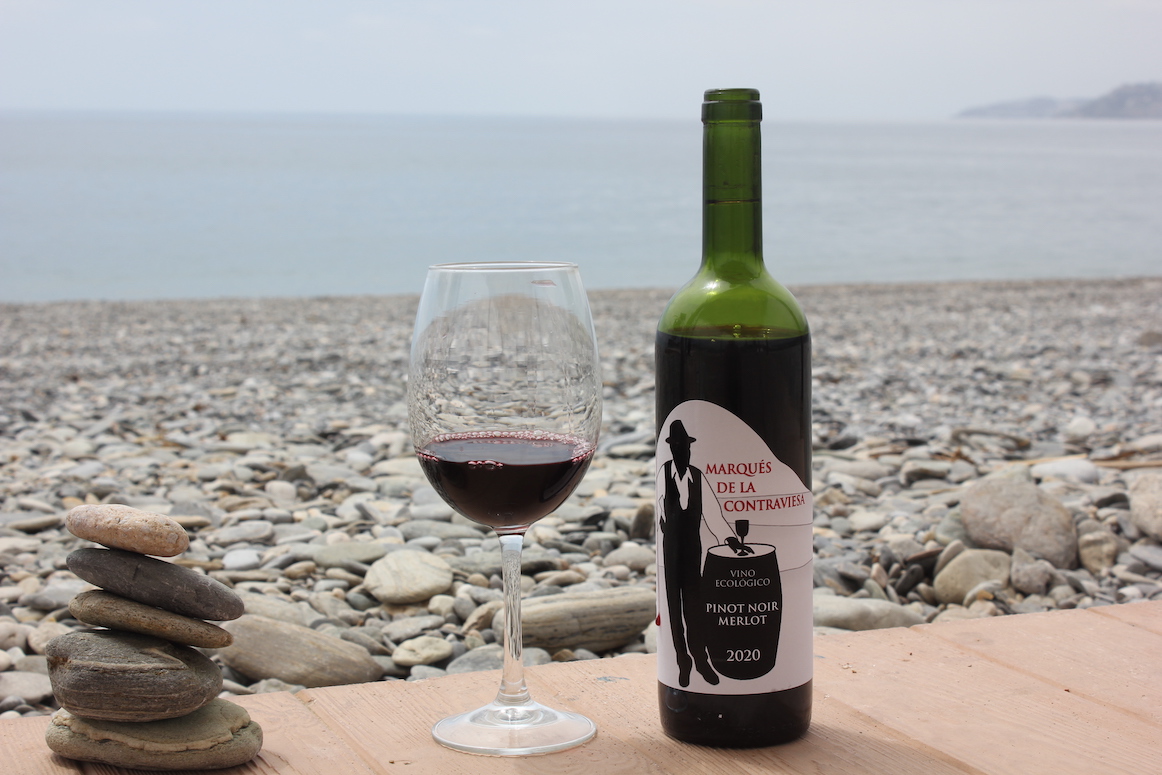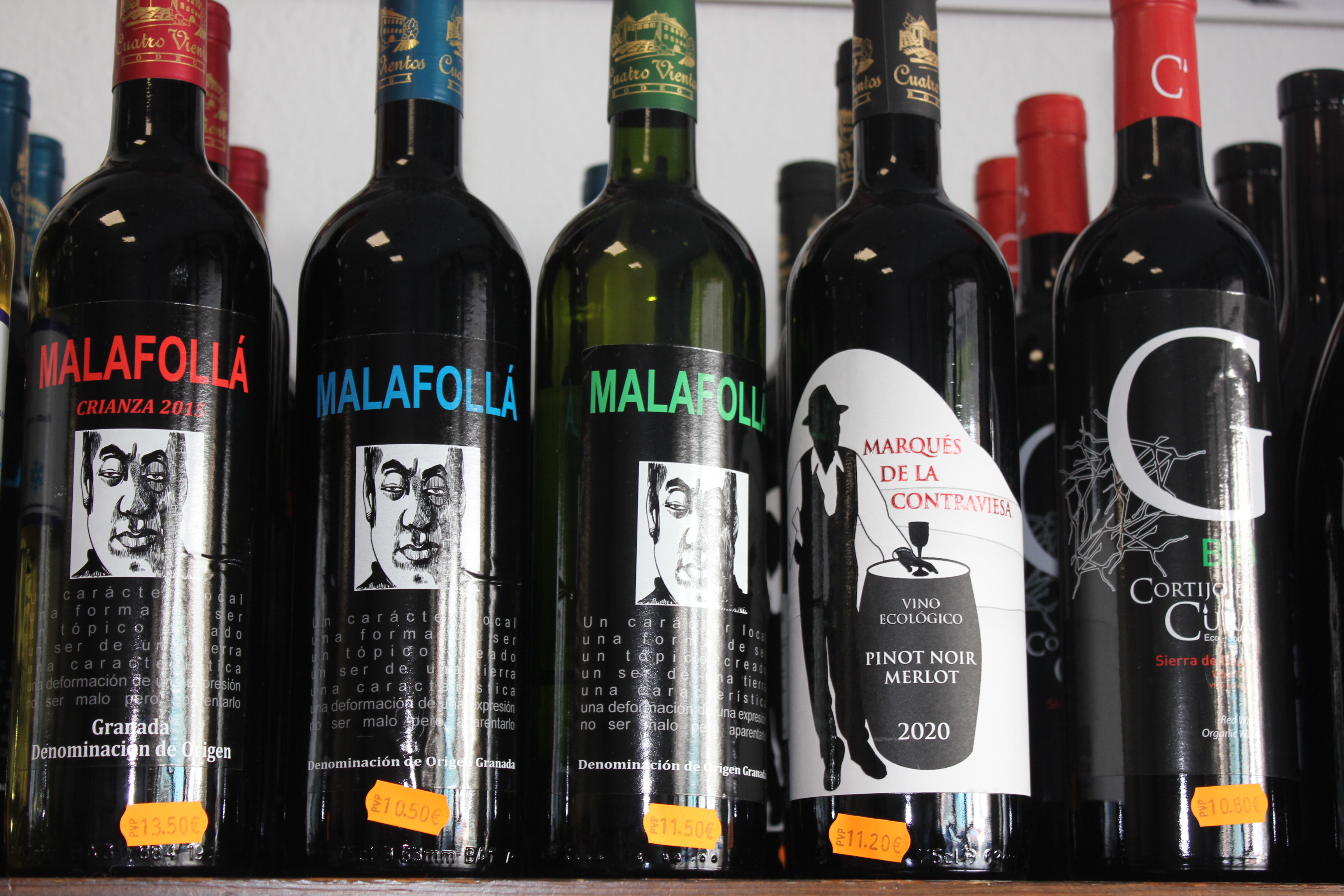Wine, Spanish, Andalusian, Costa Tropical, bodega, finca
Costa Tropical wines
Spain is the largest producer and exporter of wine in Europe. The country’s spirits are available in almost every country on the continent. Around a third of Europe’s total vineyards are located in the country. Viticulture in the Iberian Peninsula has a very long tradition, dating back 3-4,000 years before Christ. The activity became commercially important in the 10th century BC, when the area in the southern part of present-day Spain belonged to the Phoenicians and later to the Carthaginians. In Roman times, wine exports from the Andalusian and Catalan areas were already highly developed, with ships taking wine to Italy, Gaul, Britain and even to Normandy and the Germanic lands. Modern Spanish winemaking was
born in the early 20th century, after the phylloxera scourge was eradicated, but its heyday was in the mid- 1980s.
The most popular varieties are airén, garnacha tinta, bobal, monastrell, tempranillo, xarel-lo, macabeo, palomino fino, pedro ximénez and parellada. Spain’s wine regions are: Andalusia, Aragon, Asturias, Balearic Islands, Canary Islands, Cantabria, Galicia, Castilla y León, Castilla-La Mancha, Catalonia, Ceuta, Valencia, Extremadura, La Rioja, Madrid, Melilla, Murcia, Basque Country.
Local wine from Alpujarra
In any shop, bar or restaurant, you will find a large selection of wines from the biggest, best-known producers, such as Rioja, Ribera del Duero, Valdepenas, La Mancha and others. However, we are mainly concerned with local wine. In this case, local will mean wine from the Alpujarra, Sierra Nevada, the bodegas and vineyards and bodegas closest to the coast. In this case, too, we have quite a choice. These are usually wines from small family-run vineyards, are often characterised by original coupage, taste, aroma, have their own specificity and feel the passion of the vineyard owners. We can buy such wines in local shops, not only in specialised wine shops, but also in delicatessens selling meat, cold cuts and cheese. Such shops are almost everywhere. We can also taste local wine in some catering establishments. The average price of a bottle of such wine is between €7 and €15, although there are also more expensive ones.
Wine tasting events organised by wineries and bodegas are great fun for wine lovers. For the tasting, I chose a wine from the bodega Cuatro Vientos in Alpujarra. Marques de la Contraviesa, which is an interesting coupage of Pinot Noir and Merlot. It is a light wine with an fruit aroma and flavour. A very interesting proposition. I bought the wine in a local shop, it cost €11.

Wineries and bodegas of the Costa Tropical and Alpujarra
Bodega Señiorio de Nevada
This is a cay wine and tourist complex with a hotel, restaurant and organised wine tasting. The distance from Motril to the bodega is approximately 40 km.
https://www.senoriodenevada.es/
Calvente
The bodega organises a tasting of its wines for groups of at least 6 people, the cost is €20 per person. Wines and olive oil can also be purchased online. The Bodega is located in Jete near Almunecar.
Finca Cuatro Vientos
A winery and bodega in Alpujarra. Cuatro Vientos has a rich offer for wine connoisseurs and tourists. There is a wine museum on the property, which can also be visited with a guide. An interesting offer is a tour combined with wine tasting. There is also a restaurant with Alpujarra specialities and a wine shop. The Bodega is located 93 km from Almunecar and 76 km from Salobreña.
https://www.bodegacuatrovientos.es/
Wine excursions
The vineyards mentioned above are easily accessible by car. However, if you do not have a car or do not want to take a car, I invite you to make a joint trip to the bodega Cuatro Vientes. Departure by appointment from Motril, Salobreña, Almuñecar and others nearby. Cost: visit to the museum and wine tasting - €15, transfer - €20-25 per person depending on the number of people. Groups: from 3 to 7 people. Information and dates:
LINK https://costatropicaldogs.com/ourtours/
Classifications of Spanish wines
Joven - young wines, mostly sold between the first and second year after harvest. In addition to wines that are genuinely light and simple, higher-end wines are increasingly finding their way here, deliberately aged for shorter periods to retain more fruitiness, juiciness and freshness. Roble - wines that have been matured in barrels for several months. Crianza - wines matured for at least two years, of which a minimum of six months in oak barrels (in some appellations, such as Rioja or Ribera del Duero, the whole year). White and rosé wines are matured for 1.5 years, of which half a year in barrels, and can come to market 2 years after harvest.
Reserva - wines matured for at least 3 years, including at least 1 year in oak barrel and 2 years in bottles. White and rosé wines are matured for 1.5 years, of which at least half a year in barrels, but can go to market in the third year after harvest. Gran reserva - wines aged for at least 5 years, of which a minimum of 1.5 years in oak barrels. White and rosé wines are aged for 4 years, of which at least six months in barrels.
Other indications Vino de Mesa - home wine Vino de la Tierra - this designation refers to the region from which the wine comes. Denominacion de Origen - wine produced in a specific wine region that meets all the requirements of the supervisory authority. Denominacion de Origen Calificada - high quality liquor produced under a set of strict rules. Vino de Pago - Spanish wines that come from a specific estate with a long tradition and high reputation.
